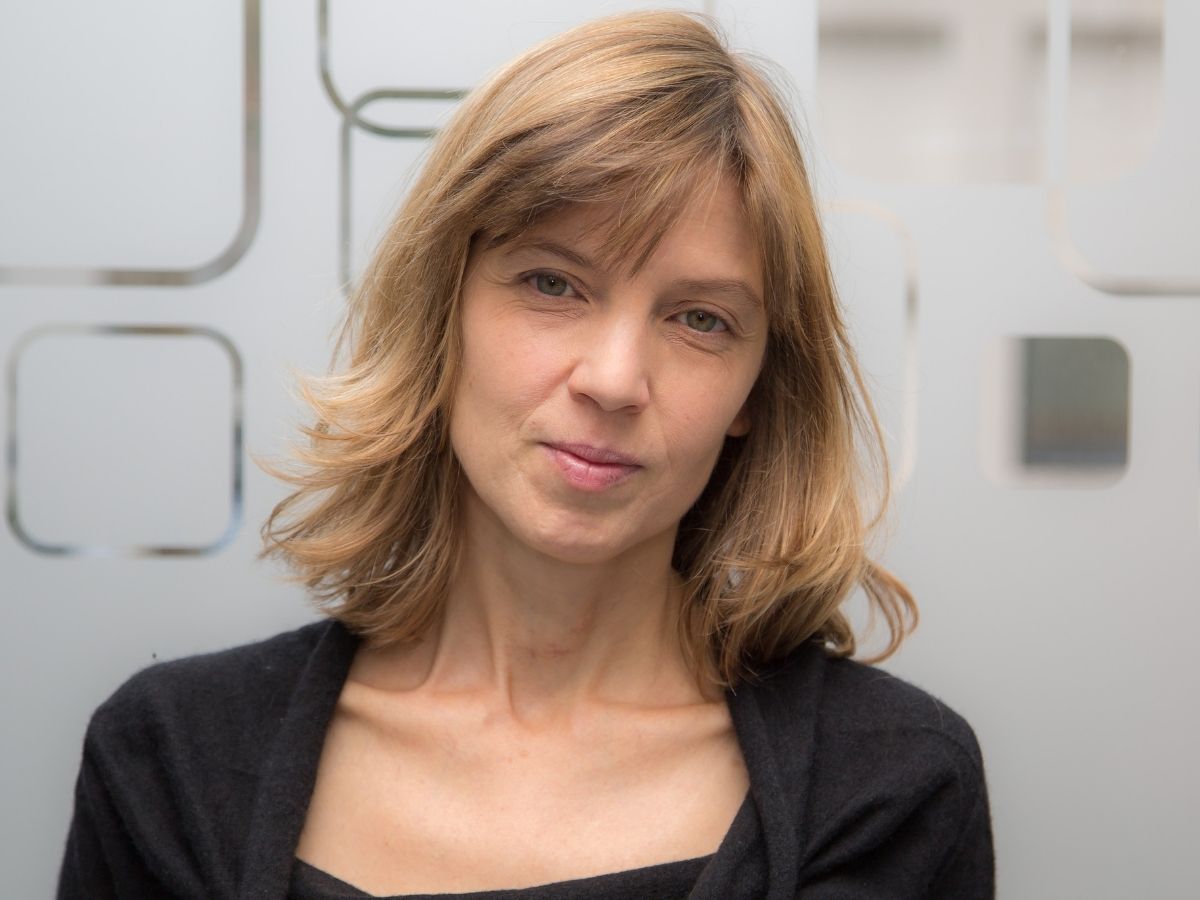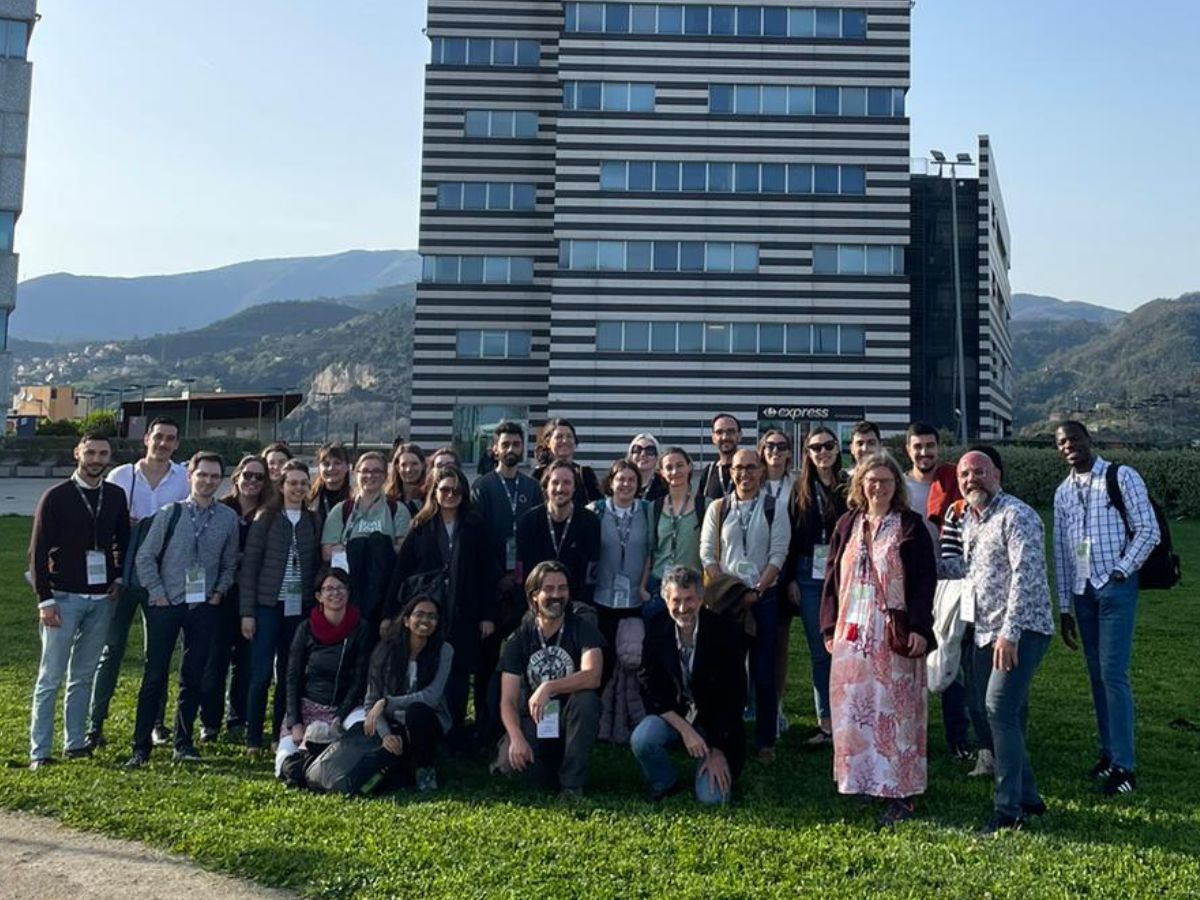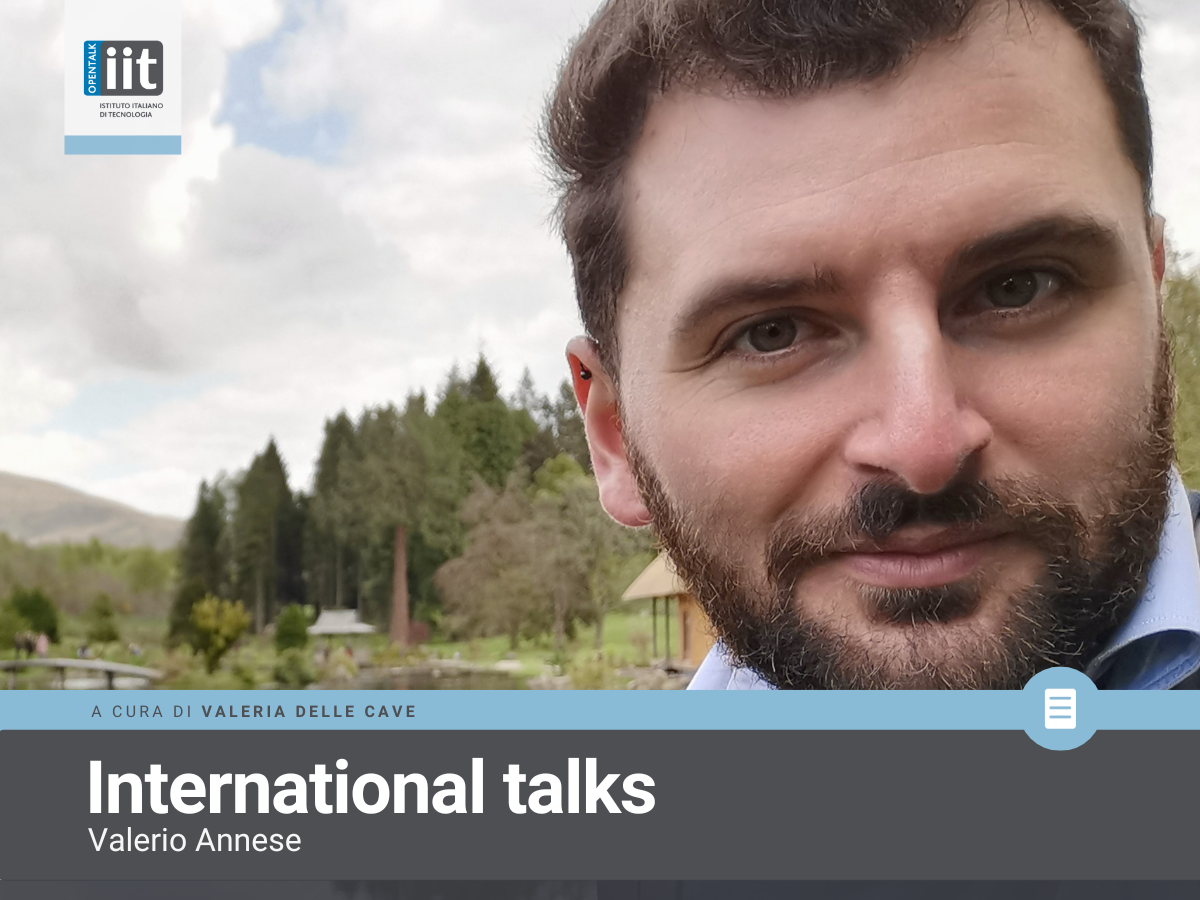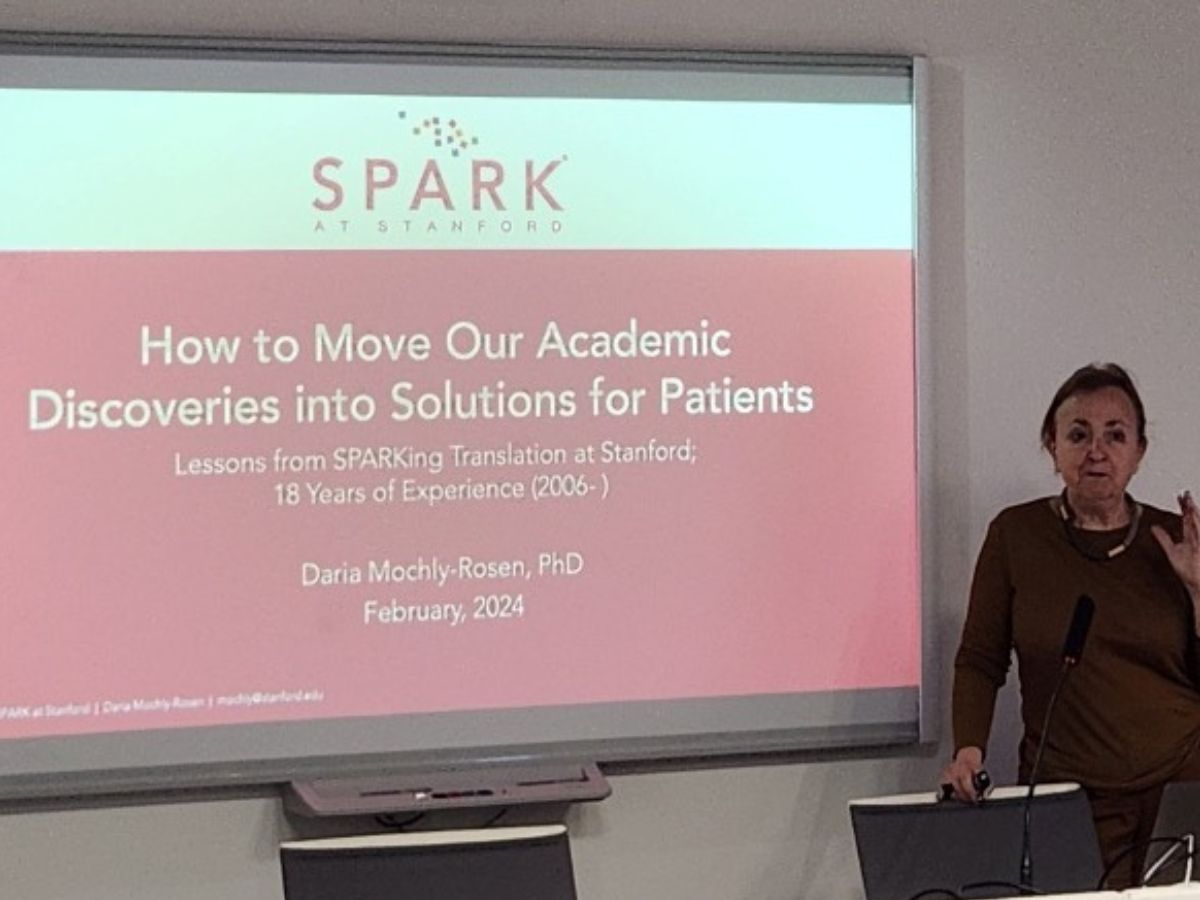Recognition for her important contribution to the field of psychophysiology
For 2021, the prize was awarded to Cristina Becchio, P.I. at IIT and head of the Cognition, Motion and Neuroscience Laboratory.During the prize-giving ceremony at the SIPF 2021 National Congress in Palermo, Becchio gave a lectio magistralis titled ‘Mindreading at the intersection of encoding and readout’.Cristina, could you give us a brief description of your talk?The talk was about mindreading, a much-debated topic in the field of cognitive neuroscience, and something about which we actually know very little. In 2018, the journal Nature dedicated the cover of its October issue to mindreading in the cuttlefish: https://www.nature.com/articles/d41586-018-07023-7. Cuttlefish have specialised epithelial cells (chromatophores) that can change colour. The colour changes reflect states within the cuttlefish and can be used to send signals. The hypothesis that I have argued is that motion kinematics is the human equivalent of colour changes in cuttlefish. Like the colour changes in cuttlefish, the way we move conveys information about our internal condition. In my laboratory we study the kinematic code, in other words, how information is encoded into movement and how it can be interpreted.You have been awarded a career award. What were the key steps in your professional path?The first, fundamental step was the choice to study philosophy, knowing that I was actually interested in the functioning of the mind and the brain. It may seem like a contradictory decision, but in fact it was a conscious choice that I would willingly repeat. A second fundamental step was opting to apply for an ERC grant and, after winning it, using it at IIT to construct a real laboratory in which to develop my research. A third step was my decision, in 2020, to resign from the position of Full Professor in order to work on research activities at IIT for a period of time.What are your future goals?To perform better science than before. The decision to leave university to dedicate my career to full-time research was taken specifically for this objective, and that is the mission that I aim to achieve. Over the years at IIT, my collaborators and I have worked hard to increase the methodological discipline of our research and the reproducibility of the data, and to build a solid conceptual and experimental foundation for studying the kinematic code. Now the goal is to utilise these foundations to go further, explore new ideas, and develop solutions that challenge current doctrine, from studying foetal kinematics to research that utilises phantom limb movements to achieve more intuitive prosthetic control.The scientific community appreciates your work, and this is demonstrated by the SIPF award. Additional significance derives from the fact that you are a woman, because in the past, as you know, women received this sort of recognition only rarely. Is the situation changing?I would prefer it if being a woman were not considered as ‘additional significance’. The fact that it is thought of in this way is an indication of the continuing existence of a gender equality problem. It is an issue that personally I had not noticed for a long time. This was partly because the problem does not concern the early and intermediate career phases. At these stages, women account for a larger share of science and technology than in the past, and among PhD candidates, women are now more numerous than men, even in STEM subject areas. However, the balance between women and men reverses at more advanced career stages, where the female presence progressively decreases, right up to the so-called glass ceiling. This is an apparently invisible ceiling, but one that is difficult to cross, and described by some (including women) as more as a legend than reality.I myself discovered that it actually exists by banging my head against it.I didn’t expect that, and it made me think. I have no easy solutions. Here I would like to offer just two reflections. Today, organisations are expected to adopt a gender equality plan. These plans should specifically address the problem of the glass ceiling, starting with an assessment of the problem, including a numerical analysis. Generating data on the male/female ratio, without considering the distribution across different roles, can no longer be considered as sufficient. The second reflection concerns awareness and models: it is important not only to encourage awareness of the problem, but also to suggest that the glass ceiling can and should be overcome. For this reason, I think that it is important – and on this topic I can speak from personal experience – to consider the example of female scientists who have crossed this barrier. It is important to realise that this is perfectly possible.





